A group of paleontologists working in a cave in South Africa have unearthed evidence of a burial site. After researching, they discovered that this burial site is the oldest ever discovered and was not made by Homo sapiens.
It seems as though the ancient hominin species, Homo Naledi, created this burial site. Evidentially, Homo Naledi was more intelligent than previously thought. Does this discovery mean that our understanding of evolution is totally incorrect?
Discoveries in a Cave

In 2023, Paleoanthropologist Lee Berger—along with a team of researchers—unearthed the remains of several Homo Naledi in South Africa. These remains appear to have been intentionally buried.
Paleontologists were exploring the Rising Star cave system, which is part of the UNESCO World Heritage site, the Cradle of Humans. In this site in Johannesburg, they found the remains about 98.4 feet below the surface.
Who Were the Homo Naledi?

Homo Naledi were discovered in 2013 in the same Rising Star caves by Berger and a paleontology team. Between November 2013 and March 2014, over 1550 fragments from around 15 Homo Naledi were discovered in the cave.
Homo Naledi was a small-statured Stone Age, tree-climbing hominin species. We actually know little about this species, but researchers believe that they had much smaller brains than modern humans.
Discovering the Oldest Hominins
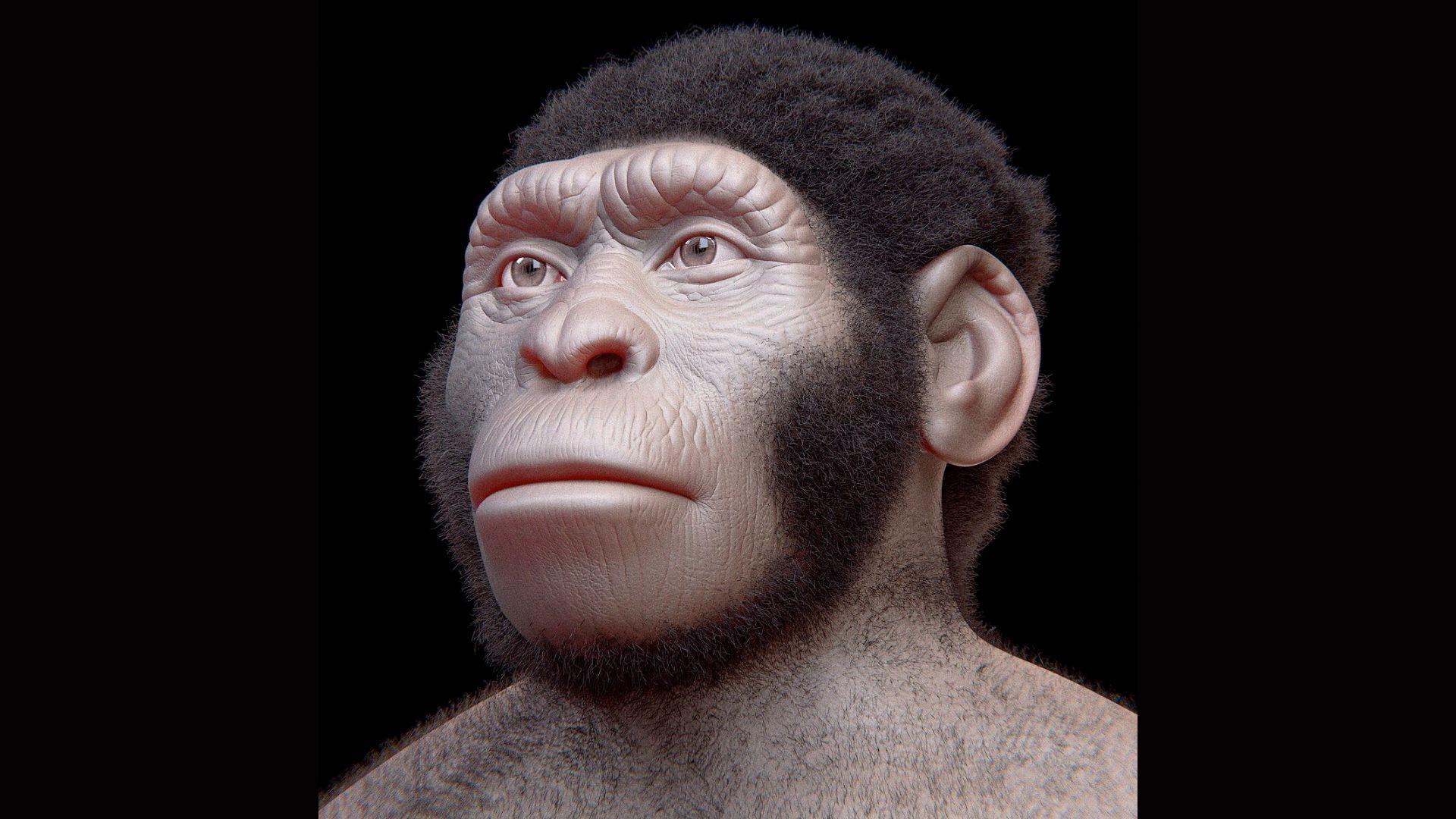
Berger and his team have verified that their Homo Naledi finds are some of the oldest hominins ever recorded. He and his team have published these discoveries on eLife in a series of papers.
Berger wrote in one such paper, “These are the most ancient interments yet recorded in the hominin record, earlier than evidence of Homo sapiens interments by at least 100,000 years.” That is, indeed, a lot older than Homo sapiens!
Homo Naledi Characteristics
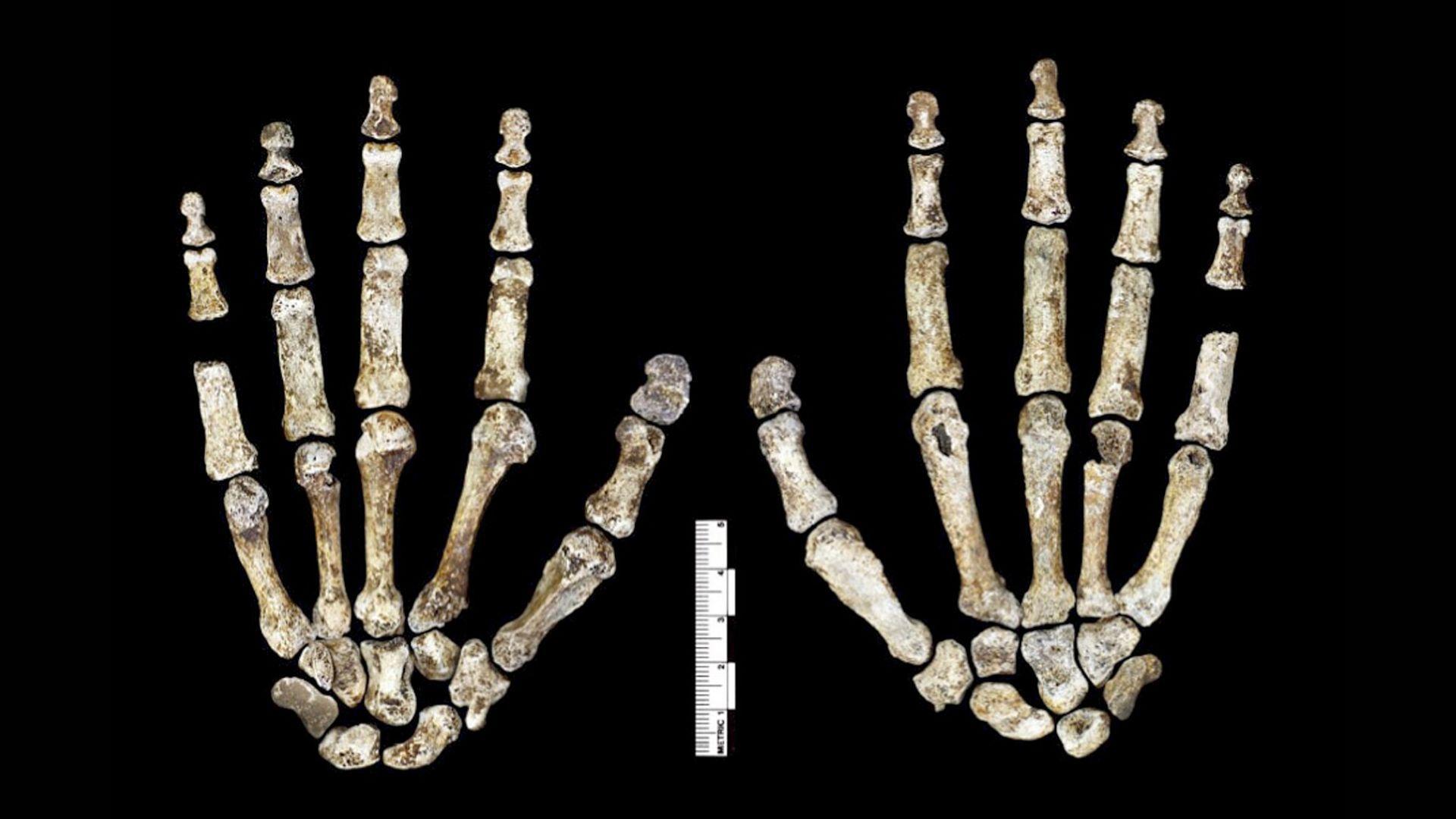
Because the Homo Naledi were found in the Rising Star cave system, they were named after it. They were about five feet tall and had a brain about the size of an orange, according to Science Alert.
The Homo Naledi had feet that enabled them to walk upright and hands designed for using tools. They actually had uniquely curved fingers and toes.
Rewriting History?
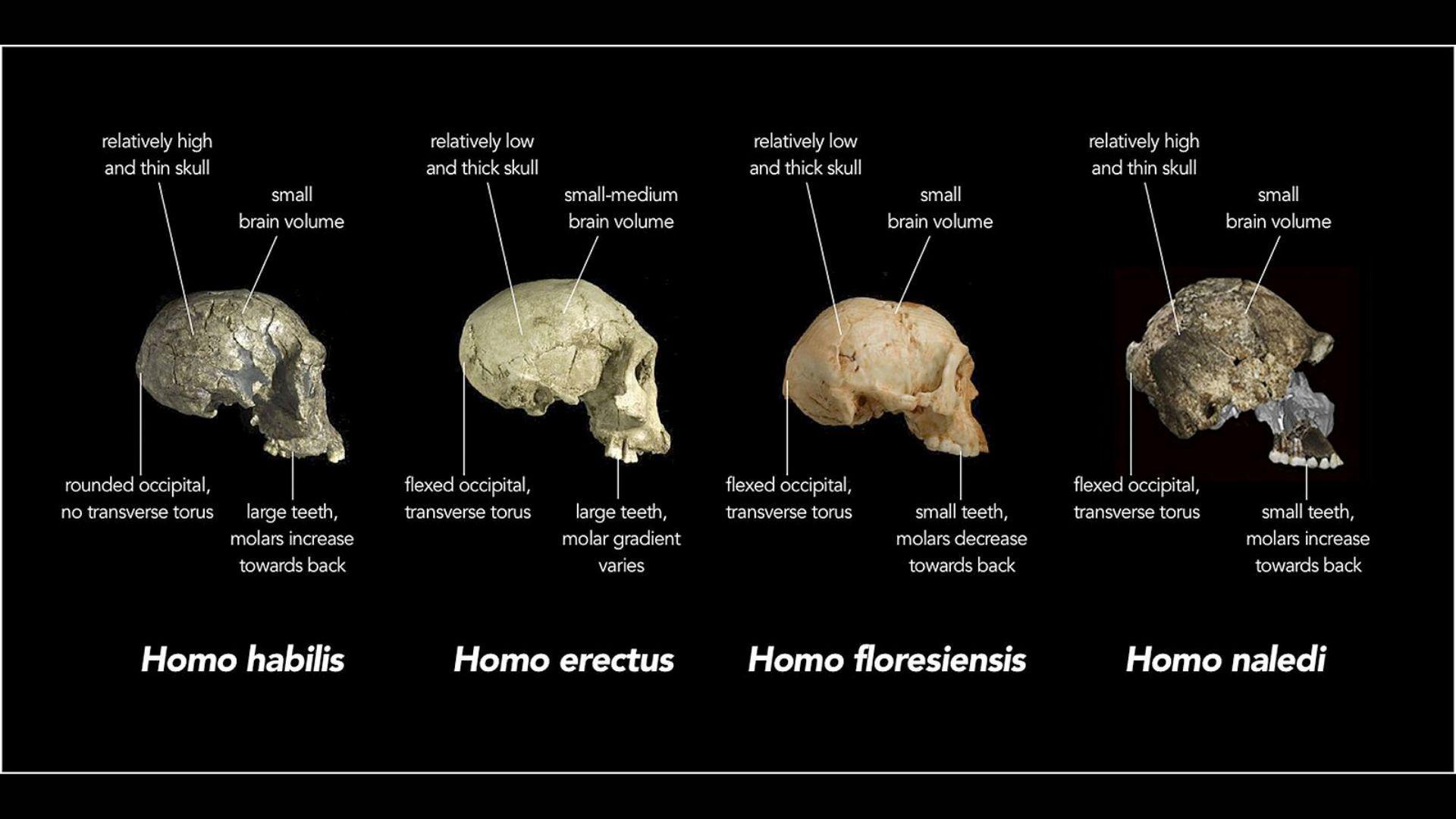
Could these recent discoveries rewrite history as we know it? The discovery of the Homo Naledi remains and their burial site means that there might be a significant shift in our understanding of hominin evolution.
Before Berger’s team’s discovery, scientists believed that the larger brains of Neanderthals and Homo sapiens led to complex thinking and social practices, like burying the dead.
Buried a Long Time Ago

Before discovering the Homo Naledi, the oldest known burials were of Homo sapiens, occurring around 100,000 years ago. They were found in Africa and the Middle East.
However, the Homo Naledi burial site is believed to be almost twice as old. This site in South Africa could be as old as around 200,000 BCE.
Honoring the Dead
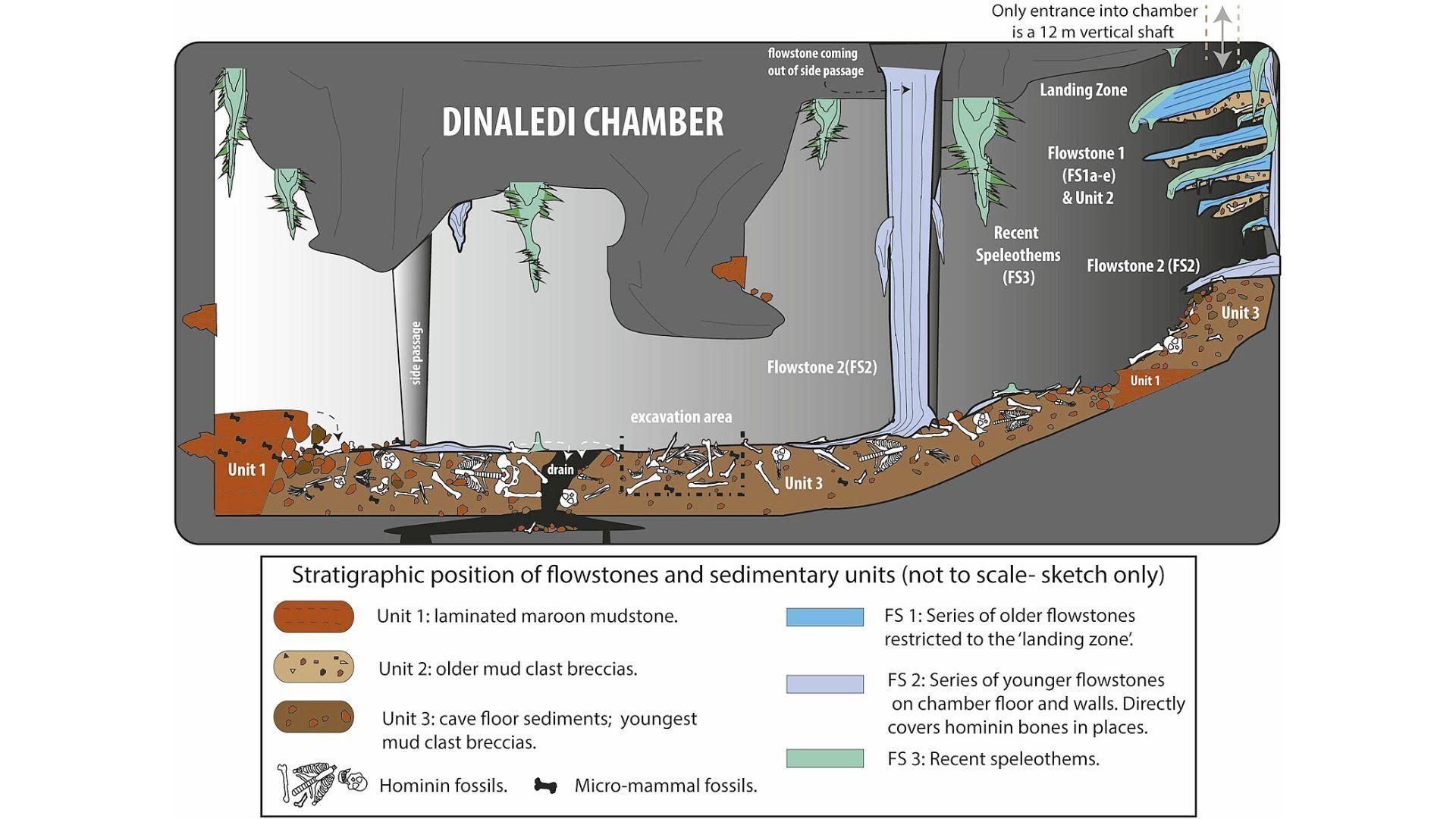
It is almost certain that Homo Naledi deliberately buried their dead. Most of the Homo Naledi remains were discovered in oval-shaped holes intentionally dug for dead bodies.
The researchers in South Africa made sure to highlight that “these discoveries show that mortuary practices were not limited to H. sapiens or other hominins with large brain sizes” in their papers.
Complex Cognitive Behavior
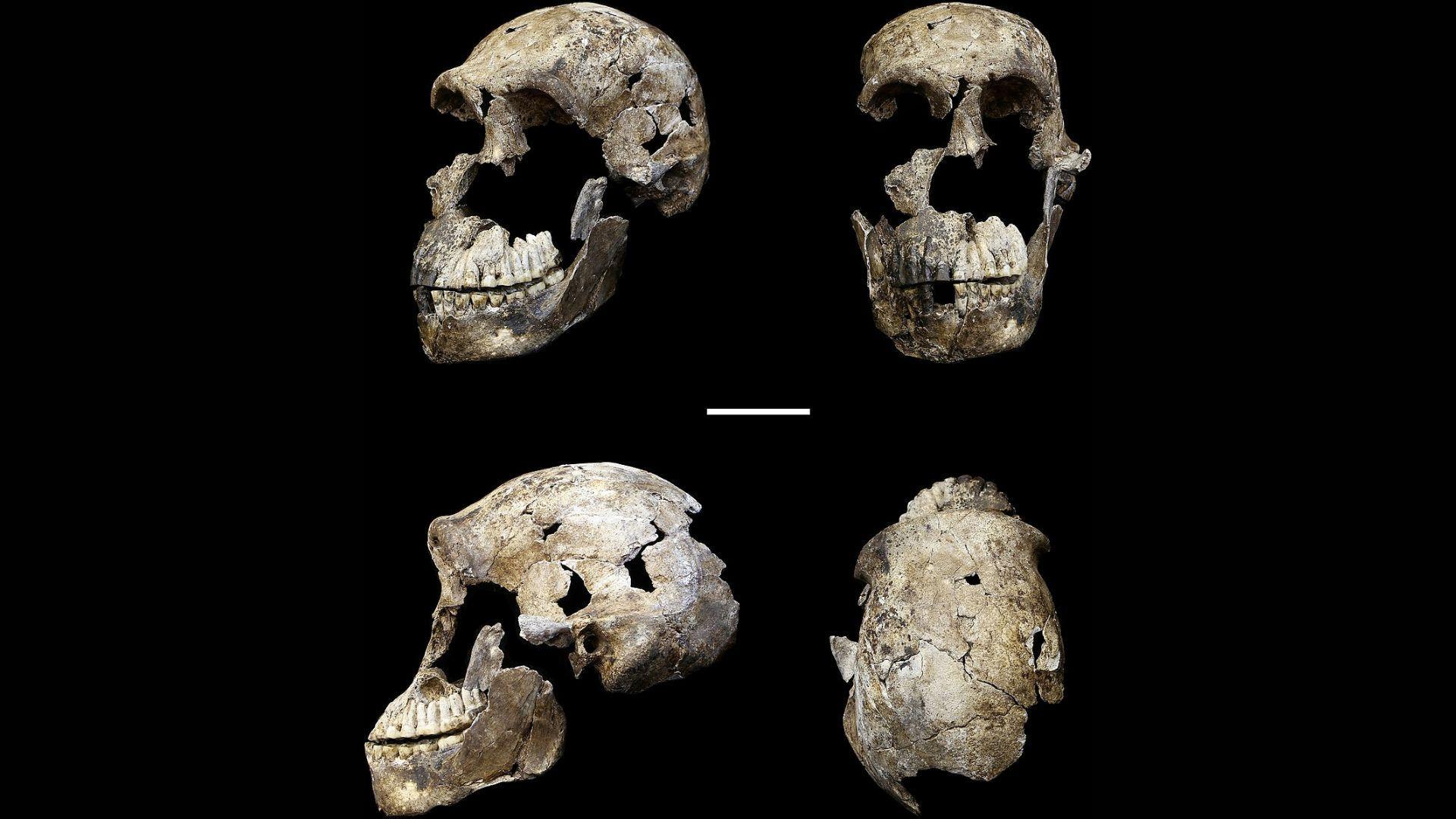
The researchers noted that several aspects of the burial site pointed to the idea that Homo Naledi were capable of complex cognitive and emotional behavior.
In one part of the cave, the researchers discovered several etchings of geometric shapes engraved into the cave wall.
Homo Naledi’s Role in Evolution
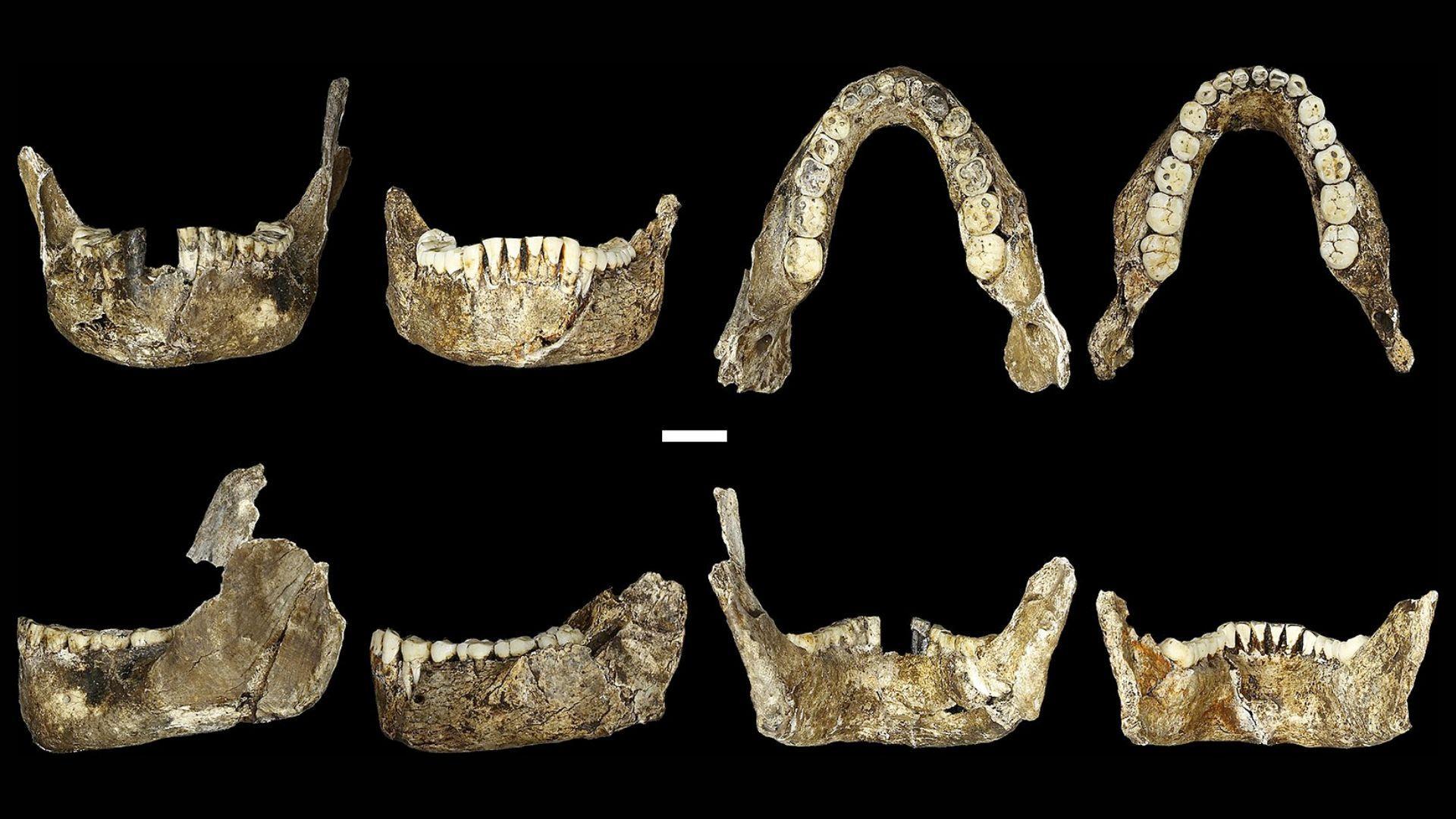
Berger suggests that because Homo Naledi appear to have been cognitively advanced, they contributed to the cognitive evolution of early hominins.
Berger said that “not only are humans not unique in the development of symbolic practices, but may not have even invented such behaviors.” We may have Homo Naledi to thank for the way our brains work!
Backlash Against Berger
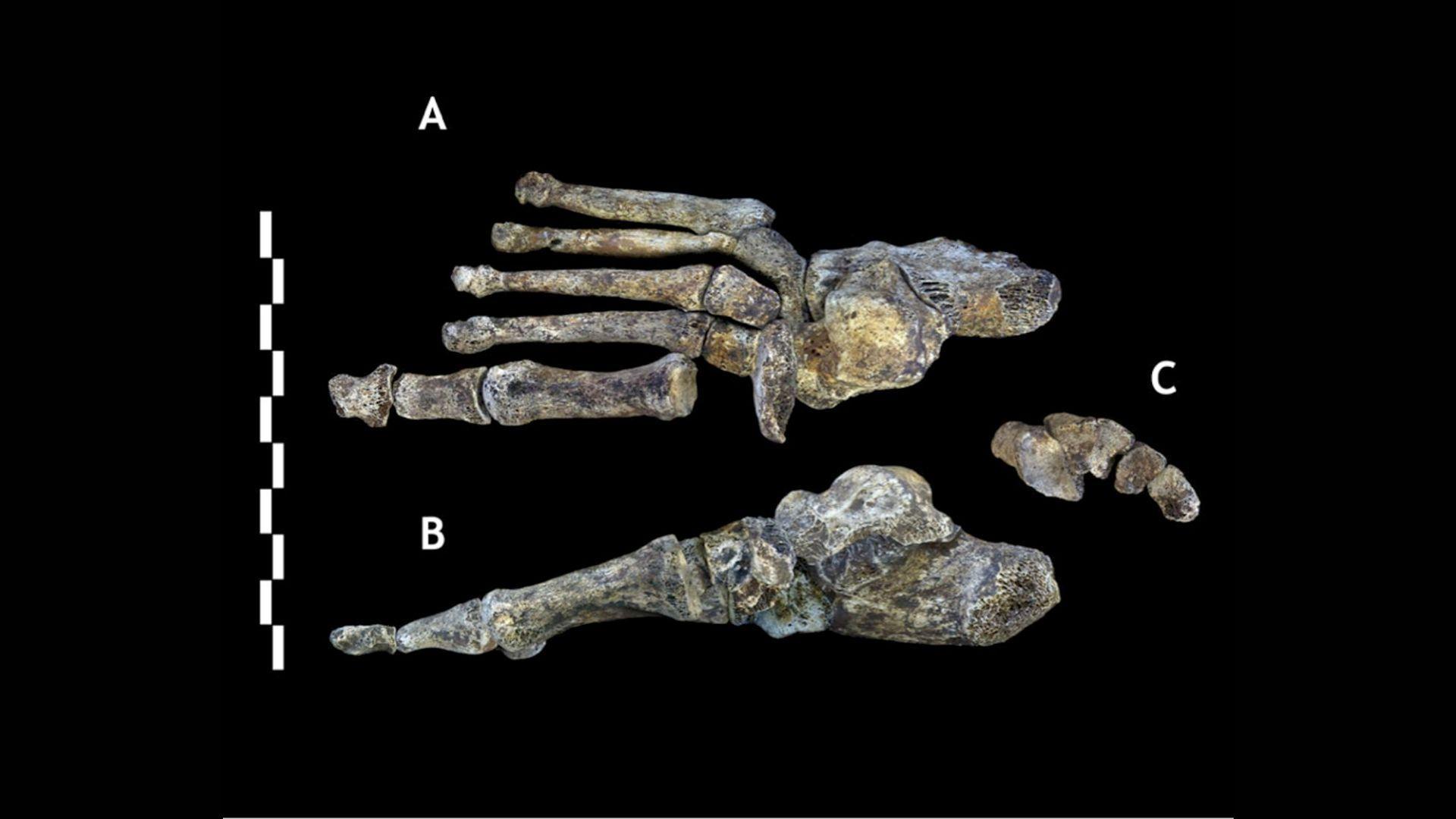
Berger believes that Homo Naledi were surprisingly advanced, but not all paleontologists do. In fact, many believe that he was too quick to jump to conclusions and that there is not enough evidence.
In response to this backlash, Berger believes that it “was too much for scientists to take at that time.” He continued, saying, “We think it’s all tied up with this big brain. We’re about to tell the world that’s not true.”
What the Discovery Means for Evolution
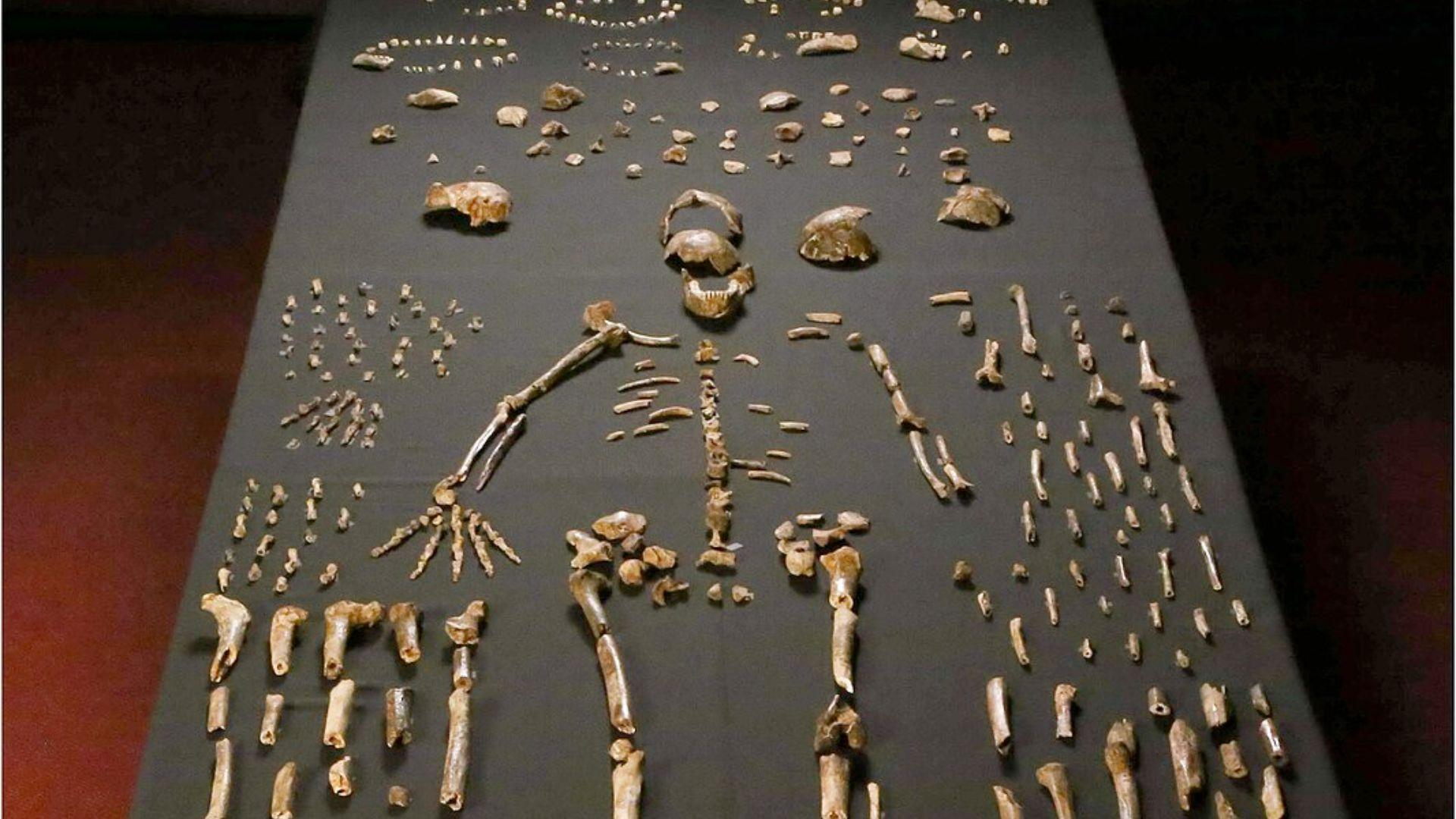
Agustín Fuentes, a professor of anthropology at Princeton University, explained that the discovery of Homo Naledi could revolutionize our understanding of human evolution. Research on Homo Naledi may create a new era of anthropology.
Fuentes is excited by the possibility of new discovery, and said, “Burial, meaning-making, even ‘art’ could have a much more complicated, dynamic, non-human history than we previously thought.”

